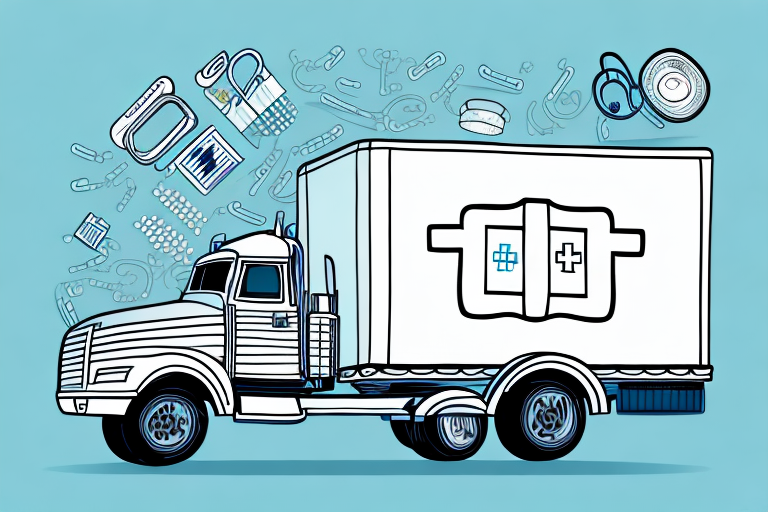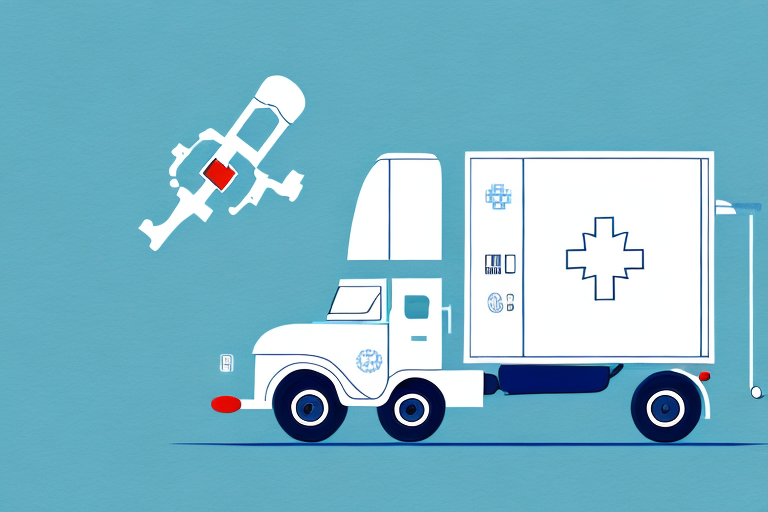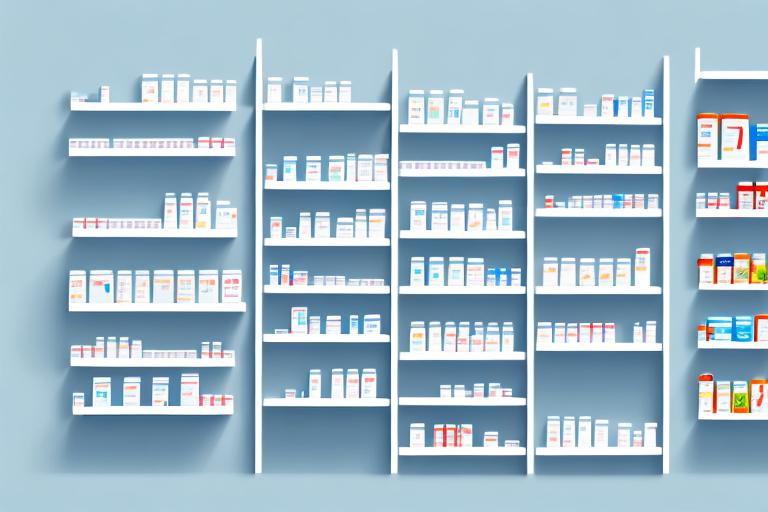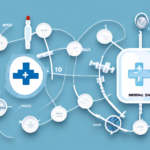Ensuring Safe and Efficient Medical Supply Transport
Transporting medical supplies is a critical component of the healthcare system, ensuring that essential medicines, equipment, and instruments reach their destinations in optimal condition and on time. This article delves into the strategies and best practices for medical supply transport, emphasizing safety, reliability, and sustainability.
The Importance of Safe and Reliable Medical Supply Transport
Medical supplies are often time-sensitive, and delays or mishaps during transport can have severe consequences for patient care. Ensuring safe and reliable transport is crucial, especially when dealing with life-saving medications or emergency equipment. A well-planned logistics system helps healthcare providers avoid stockouts, reduce waste, and optimize their supply chain, ultimately enhancing patient outcomes.
According to the World Health Organization, efficient medical supply chains are vital for timely access to healthcare services, particularly in emergency situations.
In addition to safety and reliability, the environmental impact of medical supply transport must be considered. Transportation contributes to carbon emissions and other pollutants, affecting both human health and the environment. Healthcare providers can reduce their carbon footprint by implementing sustainable practices such as using electric vehicles and optimizing delivery routes. Balancing patient safety with environmental sustainability fosters a more holistic approach to medical supply transport.
Choosing the Right Transportation Method
Evaluating Transportation Modes
The choice of transportation method depends on the nature of the medical supplies, the distance they need to travel, and the urgency of delivery. Common transportation modes include:
- Air Freight: Ideal for urgent, high-value, or temperature-sensitive supplies due to its speed.
- Road Transport: Offers flexibility and accessibility, suitable for a wide range of medical supplies.
- Sea Freight: Cost-effective for large, non-urgent shipments but slower than air freight.
- Rail Transport: Efficient for bulk shipments overland, balancing cost and speed.
Environmental Conditions and Security
Medical supplies often require specific environmental conditions during transit, such as temperature control. For instance, vaccines and blood products necessitate refrigerated transport to maintain their efficacy. Air freight and road transport typically offer better temperature-controlled environments compared to sea and rail transport.
Security is another critical factor. High-value medical supplies may require enhanced security measures to prevent theft or tampering. Air freight and road transport generally provide more secure transportation options, whereas sea and rail transport may be more vulnerable to security risks.
Best Practices for Packing and Labeling
Proper Packing Techniques
Effective packing is essential to protect medical supplies from damage during transit. Packages should be clearly labeled with contents, manufacturer information, and expiry dates. Fragile items should be cushioned adequately to prevent breakage.
Labeling Hazardous Materials
Medical supplies that are hazardous, such as chemicals or biological substances, must be properly identified and labeled according to regulatory standards. This includes the use of appropriate warning symbols and adherence to packing regulations.
Temperature Monitoring
For temperature-sensitive supplies, packaging should include temperature monitoring devices and clear instructions for handling and storage. This ensures that items like vaccines remain effective upon arrival.
Ensuring Temperature Control
Maintaining the correct temperature is critical for certain medical supplies. Failure to do so can compromise their quality and effectiveness. Specialized equipment such as insulated containers and temperature monitors are essential for transporting items like vaccines and blood samples.
The duration of transport and environmental conditions, such as extreme temperatures, must be carefully considered. Transportation routes should be planned to minimize transit time and avoid exposure to damaging conditions like direct sunlight or moisture. According to a study published in the Journal of Pharmaceutical Sciences, effective temperature management can significantly reduce the risk of product degradation during transport.
Managing Security Risks
Implementing Security Protocols
Medical supplies are valuable and susceptible to theft or tampering. Implementing robust security protocols, including background checks for staff and monitoring of cargo, is essential to protect these supplies.
Secure Transportation Routes
Choosing secure transportation routes and modes of transport can mitigate security risks. Utilizing GPS tracking devices, security escorts, and secure storage facilities enhances the safety of medical supplies during transit.
Regular risk assessments help identify vulnerabilities and implement appropriate security measures. Collaboration with law enforcement can also aid in preventing and responding to potential security threats.
The Role of Technology in Medical Supply Transport
Advanced Tracking and Monitoring
Technology plays a pivotal role in optimizing medical supply transport. GPS and RFID systems provide real-time visibility into the location and status of shipments, enabling better inventory management and contingency planning.
Autonomous Vehicles
The advent of autonomous vehicles, including self-driving trucks and drones, offers the potential to transport medical supplies more efficiently. These technologies can reduce transportation costs, increase delivery speed, and operate continuously, ensuring timely delivery of critical supplies.
Research from the National Institutes of Health highlights the benefits of autonomous systems in enhancing the reliability and efficiency of medical supply chains.
Developing an Emergency Response Plan
Emergencies such as natural disasters or pandemics necessitate swift and effective medical supply transport. Developing a comprehensive emergency response plan ensures that critical supplies reach their destinations promptly.
Contingency Planning
The plan should include strategies for various scenarios, including natural disasters and security threats. This involves having backup inventories and alternative distribution systems to maintain supply continuity.
Safety Protocols for Personnel
Ensuring the safety of medical personnel involved in transport is paramount. The emergency response plan should provide protocols for personal protective equipment and training on handling hazardous materials safely.
Compliance for Cross-Border Transport
Transferring medical supplies across international borders involves navigating a complex landscape of regulations and standards. Compliance is essential to avoid legal and financial repercussions, as well as delays in shipment.
Understanding Regulatory Requirements
Different countries have varying requirements for the import and export of medical products. Healthcare providers must stay informed about these regulations and seek expert advice to ensure compliance.
Ethical Considerations
Cross-border transport should also consider ethical implications, such as avoiding the exploitation of vulnerable populations and ensuring equitable access to healthcare resources.
Guidelines from the World Health Organization provide frameworks for ethically responsible medical supply distribution.
Collaboration Within the Healthcare Ecosystem
Optimizing medical supply transport requires collaboration among various stakeholders, including manufacturers, distributors, logistics providers, and healthcare facilities.
Stakeholder Partnerships
Manufacturers can collaborate with logistics providers to develop suitable packaging, while distributors can work with healthcare facilities to plan efficient delivery schedules and manage inventory effectively.
Technology Integration
Integrating real-time tracking systems and data analytics facilitates better coordination and decision-making across the supply chain. This leads to more efficient transport operations and improved patient care.
Innovations and Future Trends
Blockchain for Traceability
Blockchain technology enhances the traceability and accountability of medical supplies, ensuring that every step of the supply chain is transparent and secure.
Autonomous Transportation Solutions
Future trends include the increased use of autonomous vehicles and drones, which promise to further reduce transportation costs and improve delivery times for medical supplies.
Staying updated with these innovations enables healthcare providers to adopt cutting-edge solutions that enhance the efficiency and reliability of their supply chains.
Conclusion
Effective medical supply transport is fundamental to the success of healthcare systems worldwide. By implementing best practices, leveraging technology, and fostering collaboration among stakeholders, healthcare providers can ensure the safe, reliable, and timely delivery of vital medical supplies, ultimately improving patient outcomes.




















